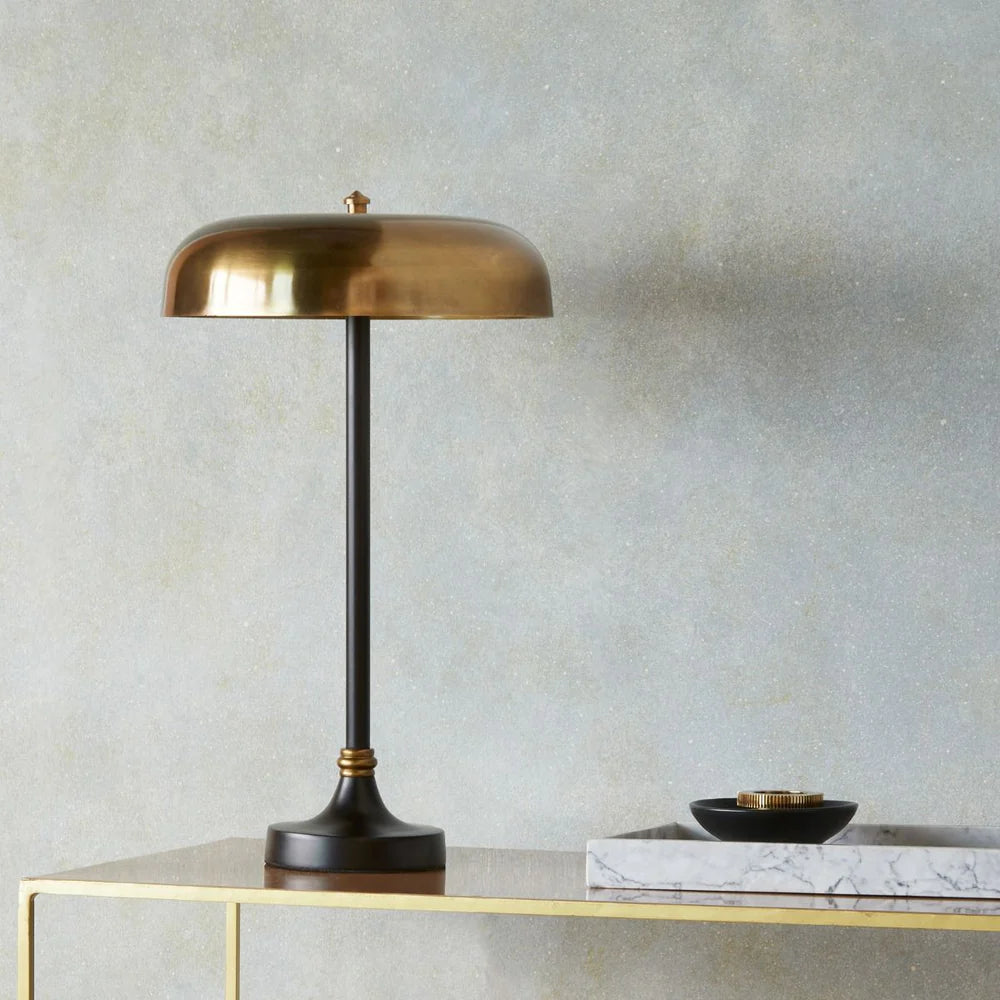
From Arts & Crafts to Art Nouveau, from mid-century modern to postmodern, here’s an easy how-to guide to identifying some of the most iconic interior design periods – plus tips for getting the look in your home, and a lovely light for each style…
Every period in history has its own unique design trends, and the advent of the Industrial Revolution in the 18th century saw a moving away from the domain of the individual craftsman towards a new age of mechanisation and mass production. This in turn led to the emergence of a series of different design movements, each of which reflected the changing social, economic, aesthetic and philosophical ideologies of their time. Here's a crash course...
Arts & Crafts
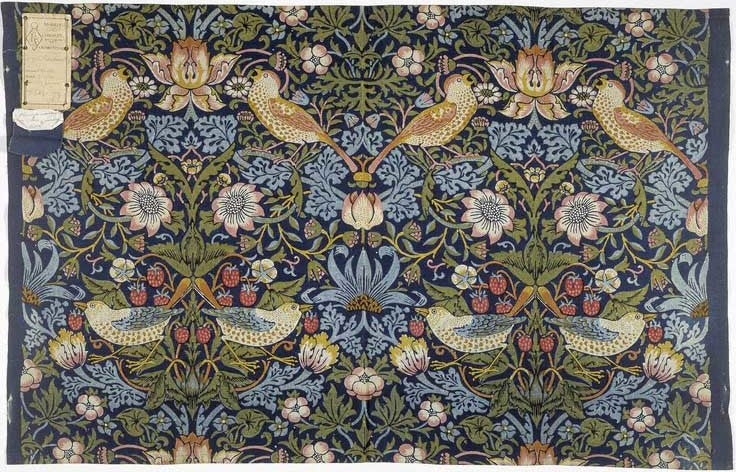
William Morris' Strawberry Thief fabric design (1883). Image: creative commons
When and what: In the second half of the 19th century there was a reaction in British intellectual circles against the mechanisation of the Industrial Revolution, and the overt historicism and heavy ornamentation of the Victorian era. Led by a group of artists, designers and architects, including the great William Morris, the Arts & Crafts movement sought to celebrate the decorative arts and safeguard traditional craft skills.
Morris and his contemporaries promoted an ideology of beauty, simplicity and utility, and their work was influenced by medieval and romantic motifs. The Arts & Crafts movement spread across Europe and America and enjoyed popularity well into the 1920s, influencing everything from cutlery to textiles and furniture, and it continues to influence design trends today, with many of Morris’s wallpaper and textile designs remaining in high demand around the world.
How to spot it: Arts & Crafts designs showcase the importance of nature and natural materials, and are characterised by beautiful, intricate designs featuring flowers, foliage, birds and animals, using vibrant colours, patterns and textures.
How to get the look in your home: Arts & Crafts is really having a thing at the moment, as many interior designers are embracing maximalism. Wallpapers are the classic way to bring the style into your home. Check out Morris & Co. archive designs to find your favourite. Antique handcarved wooden furniture, patterned curtains and woven rugs are good too, as of course are lampshades...
The Arts & Crafts lampshade: Indigo rosehip by Morris & Co. x Pooky
Art Nouveau

Red vase (c.1897) by Louis Comfort Tiffany. Image: public domain
When and what: First emerging in Europe just before the turn of the 20th century, Art Nouveau prospered until the beginning of the First World War. Inspired partly by the Arts & Crafts movement, as well as the works of the Pre-Raphaelite painters, Art Nouveau similarly promoted the virtues of quality craftsmanship and materials, but was more forward-looking than its predecessors and embraced the benefits of industry and mass production.
How to spot it: The Art Nouveau design style took inspiration from nature and organic natural forms, and can be identified by its ornate, stylised depictions of flowers, stems, buds, vines and other natural objects - including the distinctive, sinuous ‘whiplash’ line, which can be found on everything from furniture and flooring, to jewellery, paintings, and ornaments.
Meanwhile, in Glasgow the Scottish architect and designer Charles Rennie Mackintosh married the organic floral motifs of Art Nouveau with his signature strong geometric lines. While his work was paving the way for a new simple, practical aesthetic, the Mackintosh rose remains an instantly recognisable feature of the Art Nouveau period.
How to get the look: Glassware is a great place to start with Art Nouveau. Elaborate glass work became a defining symbol of Art Nouveau thanks to the work of American designer Louis Comfort Tiffany and his iconic stained glass table lamps. Look out in antique shops for elaborately decorative vases with deep, rich colouring.
The Art Nouveau light: The Sycamore chandelier
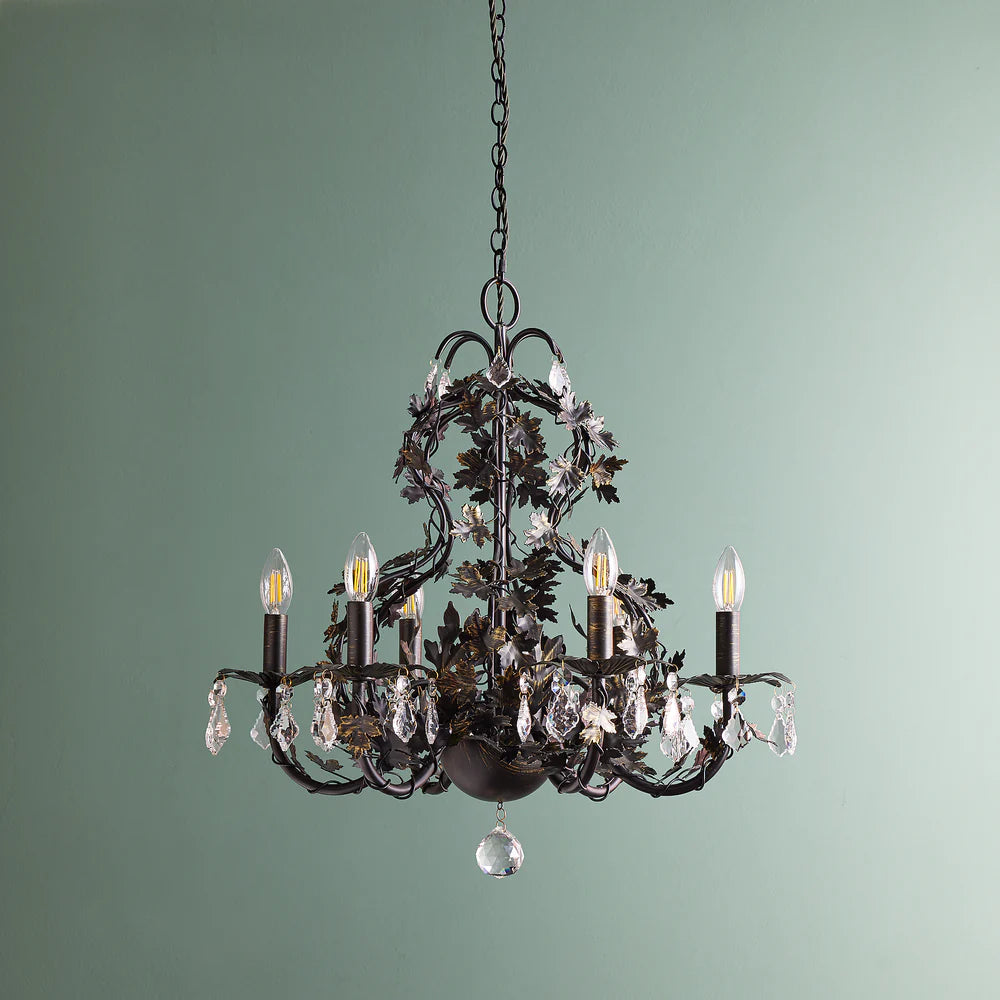
The Sycamore chandelier in bronze with crystals takes the organic themes of the Art Noveau to the max, with bronze leaves and curves and crystal droplets
See also:
Great interior designers: Charles Rennie Mackintosh
The history of design in table lamps: Thomas Edison to Art Nouveau
Modernism

Pablo Picasso, The Reservoir, Horta de Ebro (1909). Image: Stephen Zucker via creative commons
When and what: Modernism came onto the scene at the beginning of the 20th century, coinciding with the emergence of a new industrial world, and new ways of seeing. While natural materials still featured in designs, modernism saw a rejection of more traditional forms of art and excessive ornamentation, and promoted the idea that ‘form follows function’, ie. the design of an object should relate directly to its purpose.
The introduction of new modern technologies also brought a range of new materials to the world of art and design, including plastic, chrome, fibreglass and resin, and artists experimented with new forms of expression, including abstract designs and striking geometric shapes and patterns.
How to spot it: Modernism influenced everything from furniture and architecture to interiors and artwork, and the term covers a diverse range of different styles and techniques. However, key elements of modern design to look out for are clean, straight lines, a simplicity of form, and a largely neutral colour palette with bold accents.
How to get the look: If it’s to your taste, try wall art. Picasso or Matisse prints never look anything other than stunning, but if you browse online auctions and specialist sites there are some amazing British modernist artists from the early 20th century whose works are still reasonably affordable.
The Modernist light: The Porcini table lamp
The Porcini table lamp in black with antique brass finish combines a functional form with clean modern lines and muted metal colours.
Art Deco
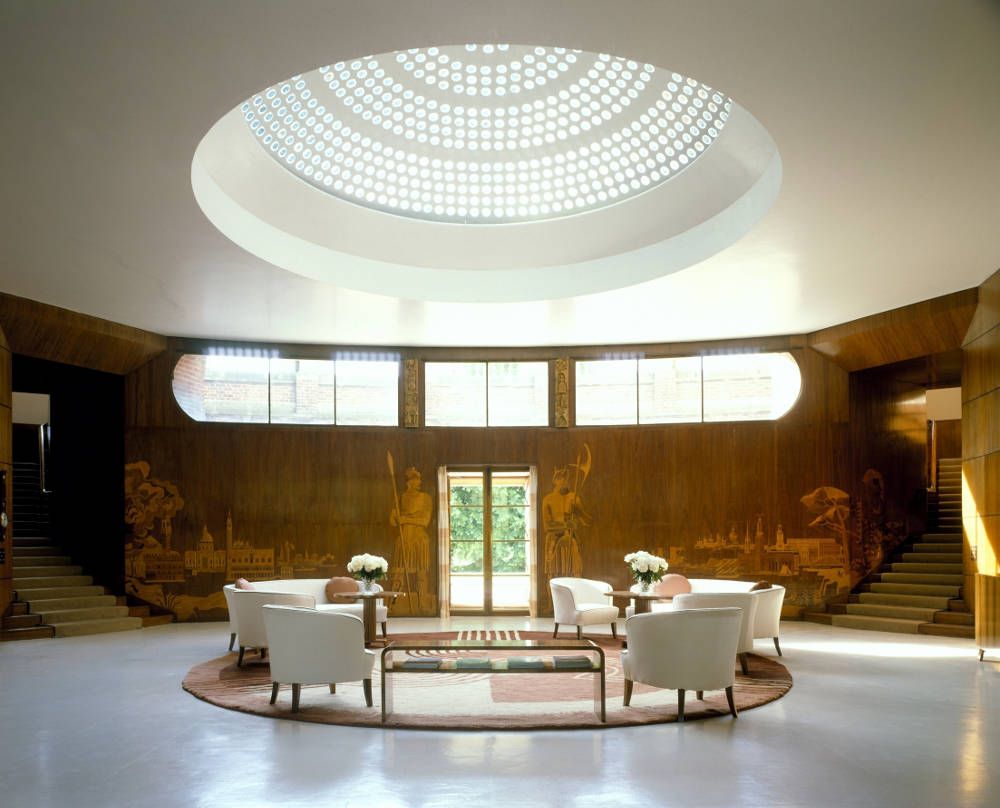
Eltham Palace, Greenwich. Image courtesy of © English Heritage
When and what: In the early years of the 20th century, a new design movement appeared, which challenged the modernist ideals of utility, order and simplicity. The Art Deco movement took its name from a huge exhibition - the Exposition Internationale des Arts Décoratifs et Industriels Modernes - which was held in Paris in 1925, and it flourished in Europe and the US through the 1920s and 1930s, until the advent of the Second World War.
While modernism heralded utility and mass production, Art Deco was all about glamorous, fashionable, sophisticated designs, with an emphasis on craftsmanship and a real sense of luxury. Celebrated Art Deco designs include the iconic New York skyscrapers of the 1920s and 30s, and the Art Deco style graced the interiors of luxury ocean liners and cinemas. In the home, Art Deco stamped its mark on everything from cocktail cabinets to cigarette cases, and fine jewellery to elaborate lighting.
How to spot it: Art Deco is easily identified by its clean, crisp lines and striking geometric shapes and patterns, including the signature Art Deco chevrons, as well as sunbursts, fans and shells. The Art Deco era promoted the use of exotic and luxurious materials including animal skins, ivory and mother of pearl, as well as marble and alabaster, polished chrome, glass, rich fabrics and mirrored surfaces. Egyptian themes also featured heavily in Art Deco designs. Colour schemes commonly included monochromatic blacks, whites and silvers, interspersed with bolder blocks of colour such as red, pink, blue and yellow.
How to get the look: Ornaments, sculptures, objets d’art, luxurious materials like marble, alabaster and crystal – and of course, lighting.
The Art Deco light: The Gatsy wall light in alabaster
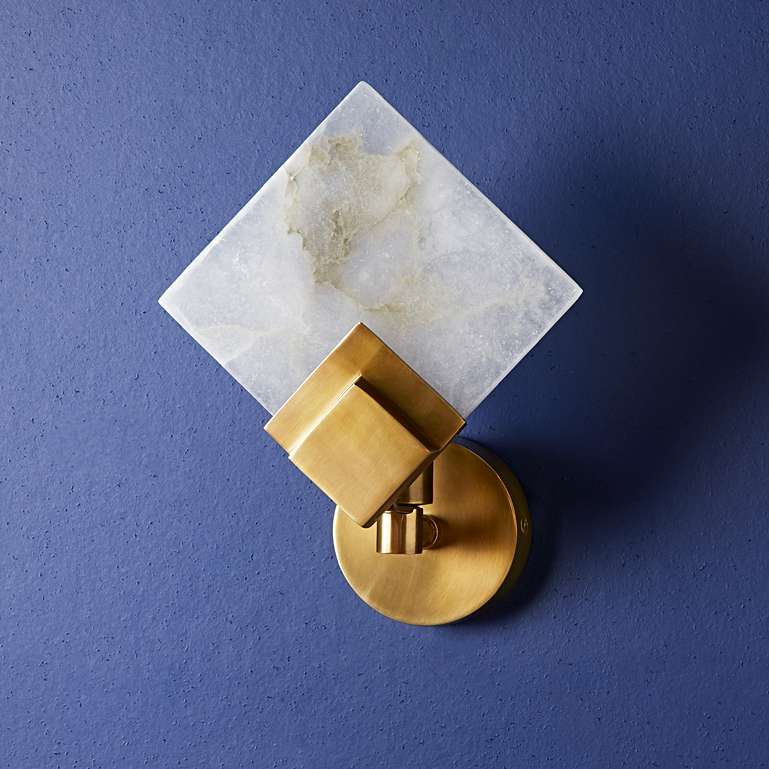
The fabulously elegant Gatsby wall sconce in brass and alabaster is Pooky's tribute to Art Deco glamour
See also:
Classic interior design styles and how to light them – Art Deco
Amazing interiors: Eltham Palace and gardens, Greenwich
Mid-century modern
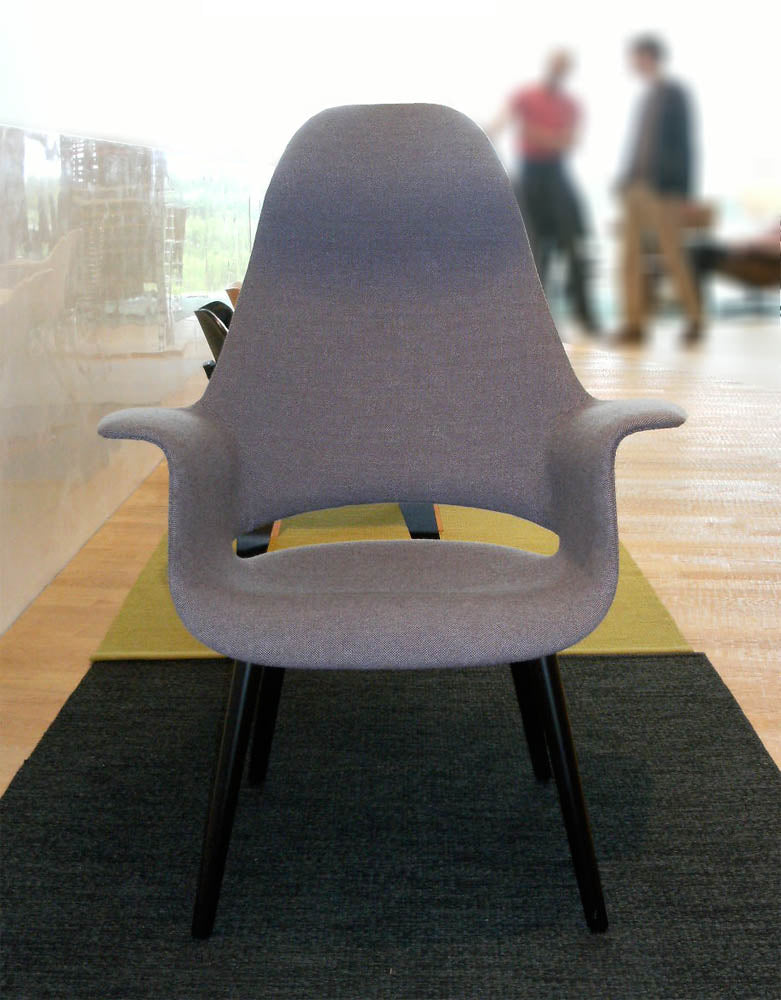
Organic high back chair, Charles Eames and Eero Saarinen, 1940. (photo via creative commons)
When and what: In the middle of the 20th century, a consumer boom in America saw a return to modernist principles of simplicity and mass production, but using the latest technologies. Mid-century modernism focused on functionality and affordable materials like plastics and leather, but with a clean, often minimalist aesthetic and the occasional fun and futuristic twist.
Colourful, organic shapes - including the kidney tables and egg chairs - reflected the optimism of the space age, and the leading designers of the movement, from both the US and Europe, are still revered and hugely influential today - think Ray and Charles Eames, Arne Jacobsen and Eero Saarinen.
How to spot it: Clean lines and curved shapes characterise the mid-century modern style, while its more unusual geometrical shapes lend it a playful feel.
How to get the look: Furniture, especially chair design, reached its peak in the mid-century period. Add an egg armchair to a room for instant Scandi-style cool.
The mid-century modern light: The Bow Tie floor lamp
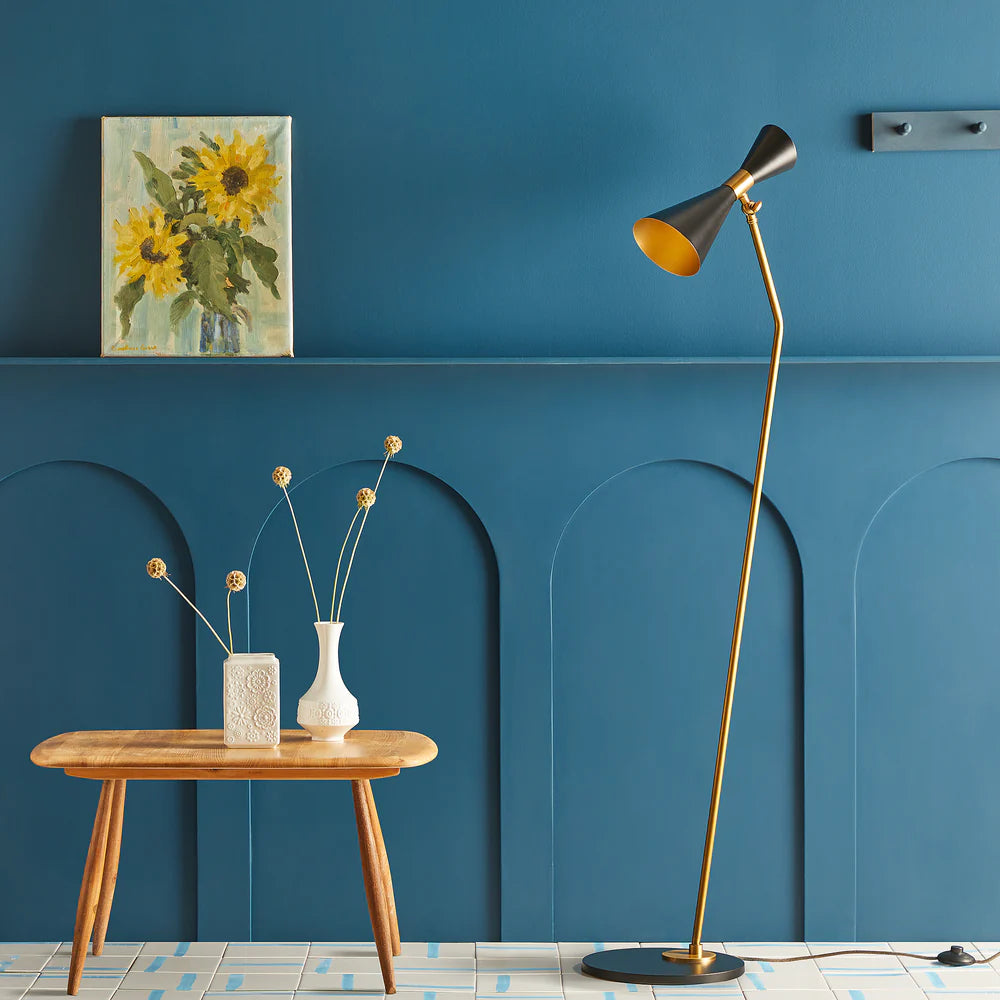 The hood of the Bow Tie floor lamp in black is Pooky's take on a classic mid-century shape
The hood of the Bow Tie floor lamp in black is Pooky's take on a classic mid-century shape
See also:
Classic interior design styles and how to light them – Mid-century modern
Great interior designers: Charles and Ray Eames
Postmodernism and Pop
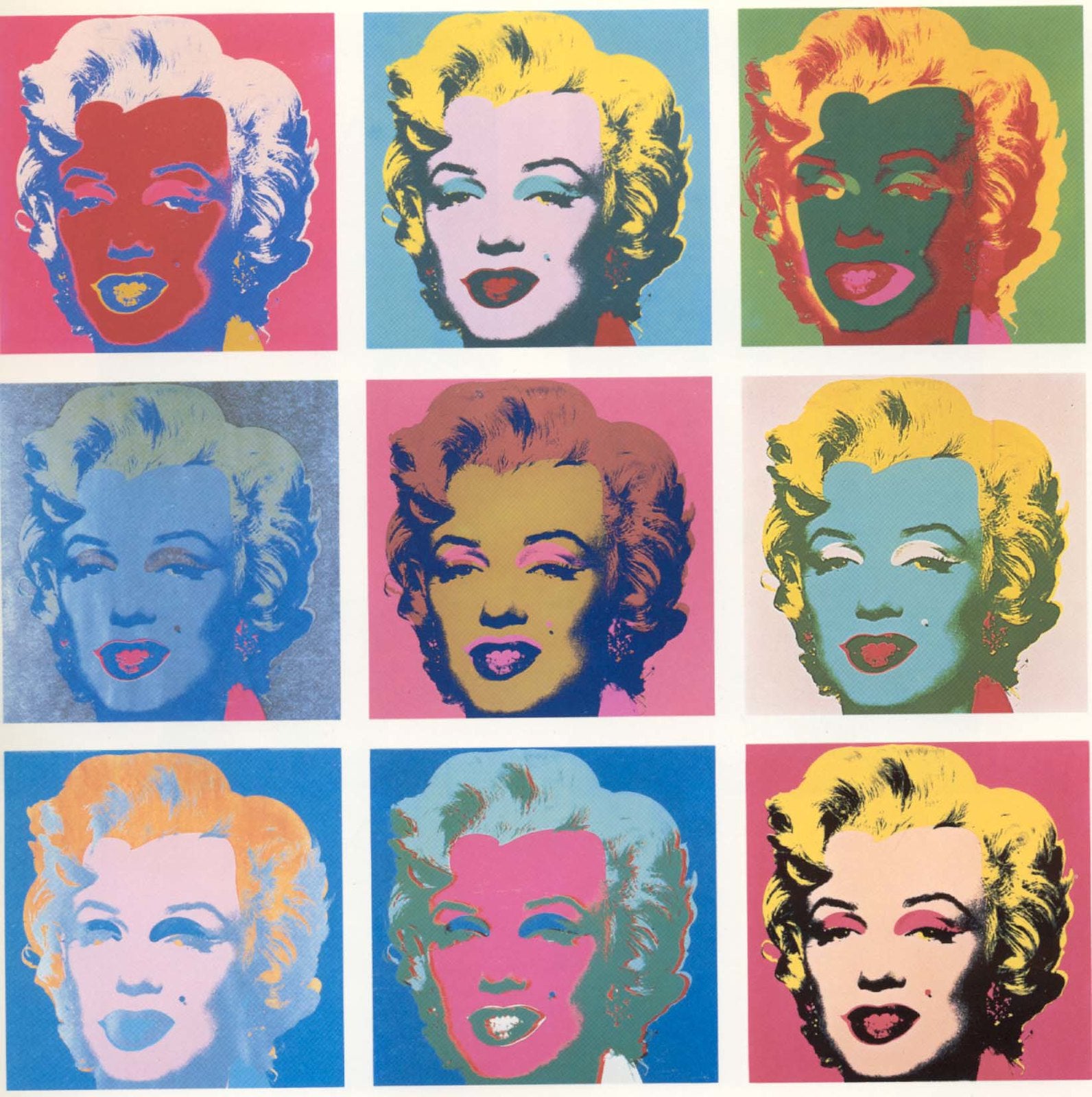
Andy Warhol, Marilyn Monroe (1967). Image: Rael Garcia Arnes via creative commons
When and what: The arrival of postmodernism onto the scene in the years leading up to the 1970s challenged the very foundations of art and design. Postmodernism brought with it a new pluralist critical philosophy, together with a new-found sense of irony and self-awareness. The postmodern movement took hold in the 1970s and 80s and sought to redefine the very concept of ‘good form’, and what makes a design beautiful or appealing, intentionally blurring the lines between ‘high’ and ‘low’ culture.
Postmodernism challenged modernist ideas of form and function, rejecting traditional approaches to design and established ideas of reason and objective truth, and instead embracing the unique and the experimental. The Pop Art movement brought everyday elements of American commercial and popular culture into the home, often for humorous and ironic purposes, and always to make a statement.
How to spot it: Postmodern design encompasses a huge range of different forms. But look out for vivid colours, striking materials, weird and wonderful shapes, incongruous themes and a good dose of humour.
How to get the look in your home: Mix and match patterns and styles, use vivid pops of colour, neon lights, Warhol prints, colour clashes... Express yourself!
The post-modern light: Knotty table lamp in gold
The Knotty is more of a postmodern sculpture than a lamp - though it does cast a lovely glow
See also:
The history of design in table lamps – 5. Pop and Postmodernism
At Pooky, we have a vast range of beautiful designer lights - with something certain to suit your taste and space. Browse them all here.
Image top: George Frampton. Season Ticket to The Arts and Crafts Exhibition Society for 1890. Credit: Aspinwall Sam via creative commons


